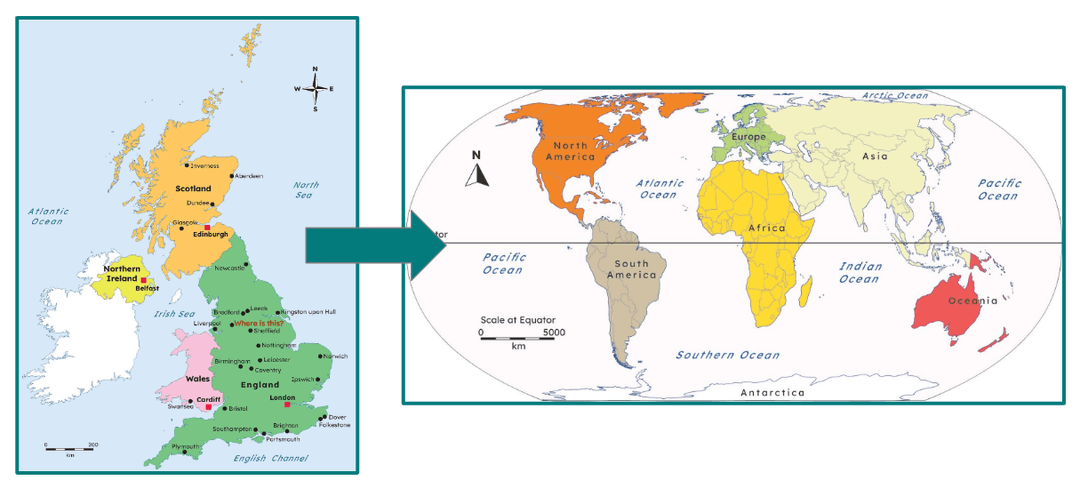Myths about teaching can hold you back
- Year 3
Explain why a part can only be defined in relation to a whole
I can explain why a part can only be defined in relation to a whole.
- Year 3
Explain why a part can only be defined in relation to a whole
I can explain why a part can only be defined in relation to a whole.
These resources will be removed by end of Summer Term 2025.
Switch to our new teaching resources now - designed by teachers and leading subject experts, and tested in classrooms.
These resources were created for remote use during the pandemic and are not designed for classroom teaching.
Lesson details
Key learning points
- A part must be part of a whole.
- If __ is the whole then __ is part of the whole.
- The whole can be different in different situations.
Keywords
Whole - The whole is all the parts or everything, the total amount.
Part - A part is some of the whole.
Common misconception
Children may think that a part only needs to be something smaller than the whole and not part of it.
Spend some time identifying wholes in the classroom and then get the children to identify a part of it. Get the children to play games involving spotting non-examples to strengthen their understanding. Ensure the wholes you use are clearly defined.
To help you plan your year 3 maths lesson on: Explain why a part can only be defined in relation to a whole, download all teaching resources for free and adapt to suit your pupils' needs...
To help you plan your year 3 maths lesson on: Explain why a part can only be defined in relation to a whole, download all teaching resources for free and adapt to suit your pupils' needs.
The starter quiz will activate and check your pupils' prior knowledge, with versions available both with and without answers in PDF format.
We use learning cycles to break down learning into key concepts or ideas linked to the learning outcome. Each learning cycle features explanations with checks for understanding and practice tasks with feedback. All of this is found in our slide decks, ready for you to download and edit. The practice tasks are also available as printable worksheets and some lessons have additional materials with extra material you might need for teaching the lesson.
The assessment exit quiz will test your pupils' understanding of the key learning points.
Our video is a tool for planning, showing how other teachers might teach the lesson, offering helpful tips, modelled explanations and inspiration for your own delivery in the classroom. Plus, you can set it as homework or revision for pupils and keep their learning on track by sharing an online pupil version of this lesson.
Explore more key stage 2 maths lessons from the Unit fractions as part of a whole unit, dive into the full primary maths curriculum, or learn more about lesson planning.

Equipment
Licence
Prior knowledge starter quiz
6 Questions
Q1.What is the missing label in this bar model?

Q2.What is the missing part in this bar model?

Q3.If I have two 20 pence pieces, how much money do I have altogether? pence.
Q4.Look at the sequence of months of the year. Which month is missing?

Q5.Starting with Winter, what is the correct order of the seasons?
Q6.What is the missing part in this bar model?

Assessment exit quiz
6 Questions
Q1.Fill in the missing word in this statement. If a year is the whole, then Spring is of the whole.
Q2.True or false. A part is always smaller than a whole.
Q3.True or false. There are always 3 or more parts in a whole.
Q4.Match the whole with the correct part.
UK
desks
feathers
February
Q5.Look at the image. Which statements are correct?



